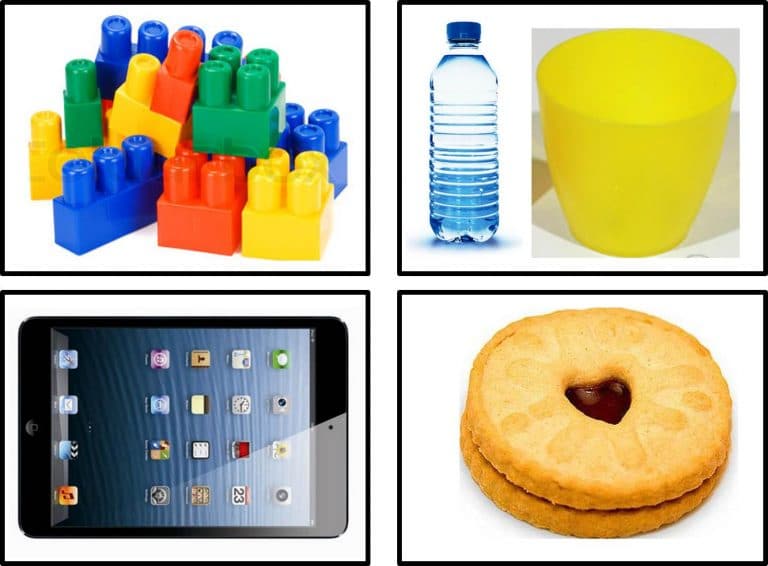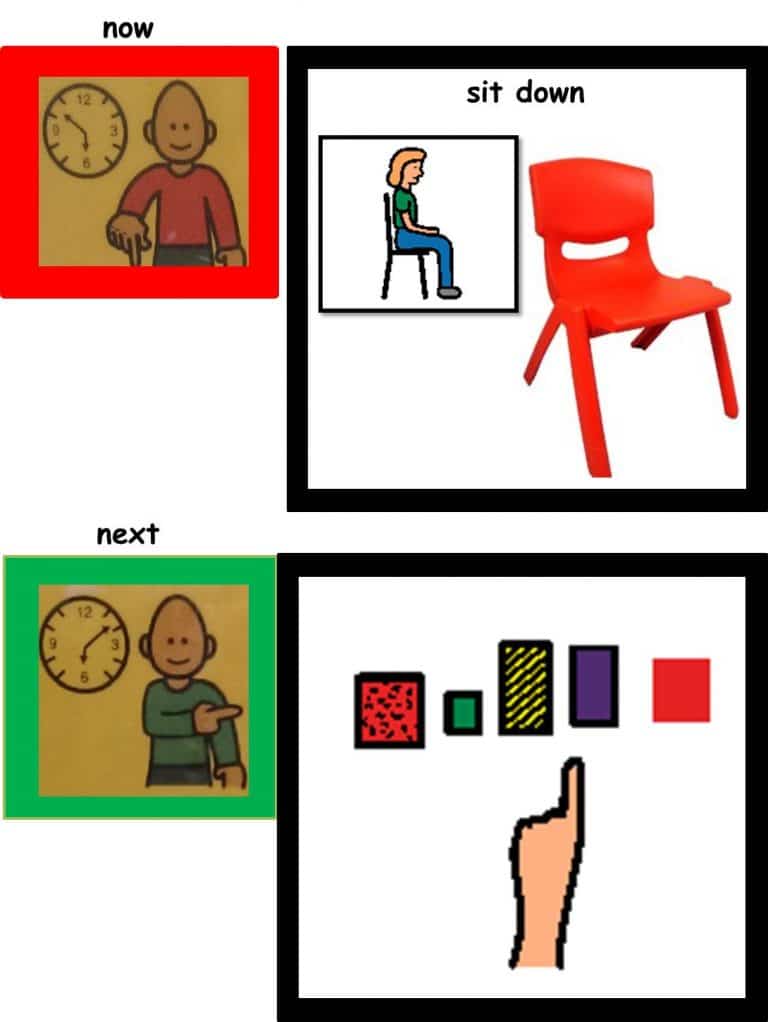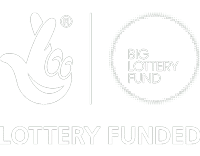Nicola and Communication
Nicola and Learning to give and Follow Instructions
Nicola is a 5 year old girl with a diagnosis of autism and Down syndrome. She attends a special needs school. Her favourite activities include watching YouTube videos on her iPad, inset puzzles, posting games, as well as cuddles and tickles from mum and dad. She tends to focus on her interests however these are short-lived (a few minutes before moving on to something else) and vary weekly. Nicola is very short sighted and struggles with motor skills. She requires adult support with all areas of daily life.
Our Project Worker Pete visited the family weekly for just under a year. We had to first give Nicola a way to communicate and ensure her parents could get her follow some simple instructions that would make daily life much easier. To ensure these skills were really having a practical benefit for the family we then showed them how to use them to support Nicola to have the eye examination she needed to properly assess her sight.
Before our intervention, Nicola would gain attention or communicate her needs by taking an adult by the hand, through challenging behaviour or by using repeated gestures such as stamping a foot. She was not socially motivated and didn’t appear interested in praise from adults, at least not enough for this to encourage her to follow directions from parents.
Nicola cannot communicate verbally. The only vocalisation she makes is screaming. Nicola doesn’t have many appropriate ways of gaining adults’ attention and will often use challenging behaviour such as screaming, throwing items, knocking items over and self-injurious behaviour to gain an adult’s attention or express frustration in certain situations. In addition to not being able to make requests of things she wanted or needed to her parents, they in turn found they couldn’t communicate to Nicola what they needed her to do. Even asking Nicola to ‘come here’ or hold their hand were instructions she struggled to follow.
How we helped
Pete worked on getting Nicola to use a communication book in order to communicate to adults what she wanted or needed. We had to custom make a book tailored to suit Nicola’s favourite things and activities, and with pictures large enough for her to see. We then had to teach her how this way of communicating worked. Initially just one A4 photograph was presented in front of Nicola of a favoured item that Nicola had shown a clear interest in. The project worker physically prompted her to hand over the photograph. Every time she handed over a photograph, Nicola would get access to that item or activity she enjoyed. When Nicola was able to repeatedly request two or three favoured items, some photographs of less interesting items were introduced to the book to ensure that she was able to discriminate and find the picture of the thing she really wanted. At this stage, rather than hand over the picture, it was more practical for Nicola to search through a ring binder of photos and then point to the one she wanted.
Initially the Pete worked directly with Nicola, followed by him taking turns with Nicola’s parents until they felt confident using the book with her. This took a few months of weekly visits to establish. Nicola now has a specific book for each environment she is in: home, school and respite care. They each contain a wide range of items or activities that are available to her in each setting and Nicola can use a sign to ask for her book if she wants something but doesn’t have her book to hand. We also discovered that Nicola could see pictures well enough to choose between them even if they were a bit smaller, and her book now has 4 pictures on each A4 page.

It was fantastic that Nicola now had a way of asking her parents for things, but it was important that her parents also had a way of asking things of Nicola. Pete began work with the family on using a ‘now and next’ board, using the same format as the one Nicola used at school. This uses visual supports to let Nicola know what is happening. Unlike at school, rather than use this system to communicate part of the school routine, we used it to give Nicola an instruction ‘now’ whilst also giving her the promise that ‘next’ would be something she really liked or the opportunity to choose something she’d like to do from her communication book.
Whilst it was introduced with short and simple instructions like ‘sit down’ or ‘hold my hand’ it was then extended to include some of the necessary parts of daily life, for example, ‘get shoes on’ and ‘take medication’.

The most powerful example of how effective system this was for Nicola was using this ‘Now and Next’ system to prepare for an eye appointment. Her parents had been advised that Nicola would require a general anaesthetic for the required tests to be completed however preparation and practice at home avoided this. After several sessions Nicola tolerated an hour long appointment at the eye pavilion during which she was seen by 3 different professionals in different rooms who each had to carry out examinations and tests.
Nicola continues to use both her communication book and ‘now and next’ system to help her through her day. Her parents continue to add new materials to both, expanding the things that Nicola can request whilst also building the number and type of instructions she can follow making her more independent in everyday life.


